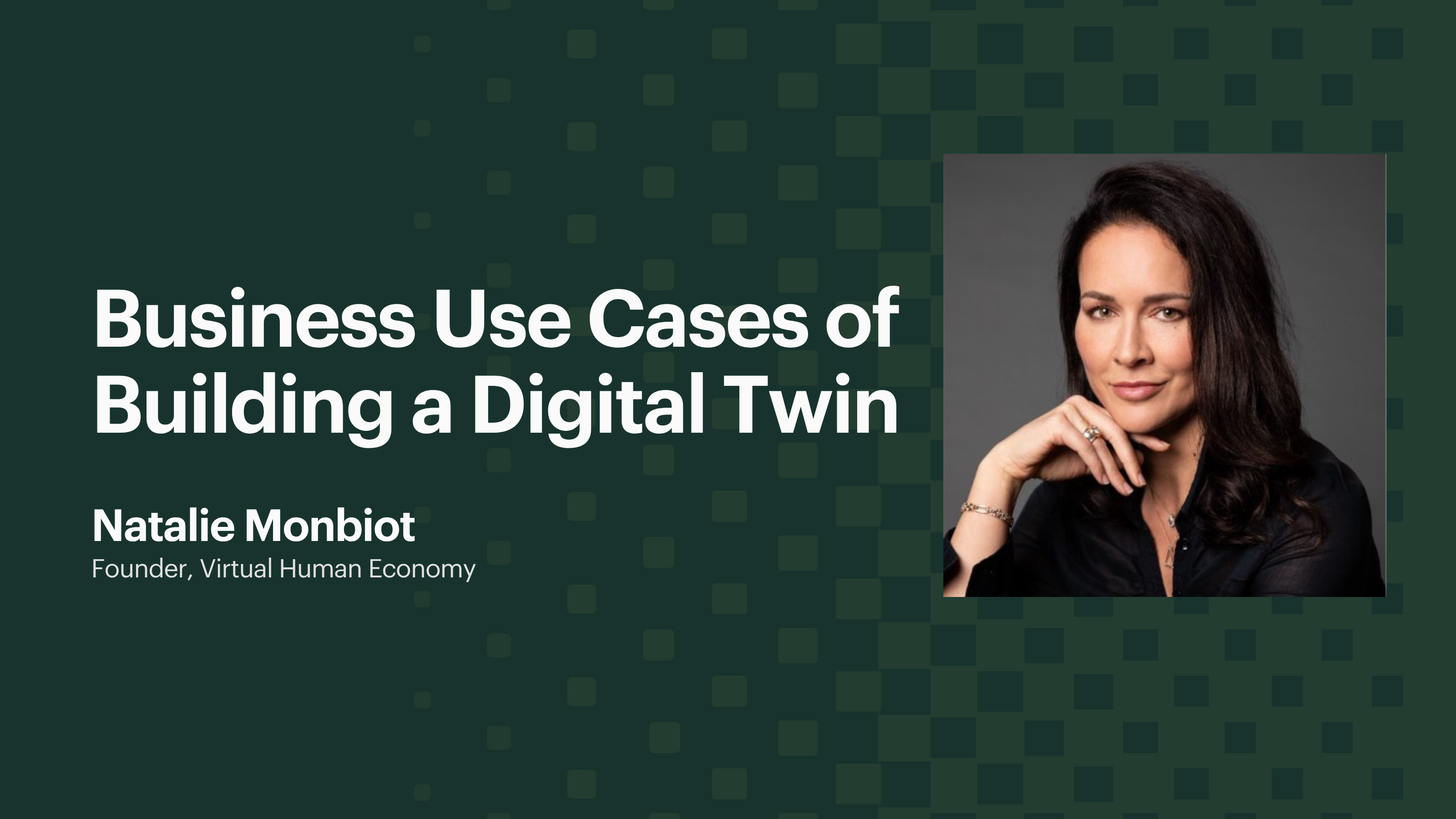If you're a consultant, coach, or domain expert, you've probably found yourself repeating the same advice, frameworks, and processes over and over again. What if you could package that expertise into a product that works for you even when you're not there? This is exactly what Wizly collections can do for your business.
The Problem
The traditional consulting model has its limitations. You can only work with so many clients at once, and your income is directly tied to the hours you put in. Collections change this dynamic completely. Unlike one-on-one consulting, collections can serve numerous customers simultaneously, creating a scalable income stream that doesn't require your constant presence.
The 10-Step Framework
Step 1: Identify Your Core Intellectual Property
The foundation of any successful collections is your unique expertise. Start by identifying the intellectual property you're already known for. This could be a signature framework you've developed, a repeatable process that gets results, or a unique methodology that sets you apart from competitors.
What to Look For:
- Your signature framework or methodology
- Processes you use repeatedly with clients
- Unique approaches that consistently deliver results
- Systems that clients always ask you to explain again
To identify your core IP, review your recent client engagements and look for patterns. What problems do you solve consistently? What methods do you find yourself explaining over and over? Your core IP is often hiding in plain sight in the work you're already doing.
Action Steps:
- Review your last 10 client engagements
- Identify the common problems you solve
- Document the methods you use most frequently
- Ask yourself: "What do clients value most about working with me?"
For example, if you're a marketing consultant, you might have a proven customer acquisition framework that you've refined through years of client work. If you're a business coach, you might have a specific approach to helping entrepreneurs overcome limiting beliefs and scale their operations.
Step 2: Map the Customer Journey
Once you've identified your core IP, the next step is to break it down into a logical, step-by-step journey. Think about what your audience needs to learn, understand, or accomplish at each phase of working with your methodology. This journey will become the backbone structure of your collections.
Consider the natural progression someone would follow when implementing your approach:
- What foundational knowledge do they need first?
- What are the logical next steps in sequence?
- Where do people typically get stuck?
- What additional support do they need at challenging points?
- What are the key milestones along the way?
Map out this journey from start to finish, noting potential roadblocks and success indicators. This structure will guide how you organize your content on Wizly and ensure users have a clear path to follow from beginning to end.
Step 3: Gather Your Existing Assets
Look around your digital workspace, and you'll likely find a treasure trove of valuable content waiting to be repurposed. The good news is that you probably already have more material than you realize.
Assets to Collect:
- Presentations and slide decks
- PDFs and documents
- Templates and worksheets
- Recorded videos and Loom recordings
- Frameworks and process diagrams
- Assessments and checklists
- Case studies and examples
- Client deliverables and reports
Don't worry if these assets seem scattered or in different formats. Wizly is designed to support all major file types and can intelligently link them together into a cohesive experience. Start by creating a comprehensive inventory of what you already have, then select pieces that directly support your core methodology and help users progress through their journey.
Organization Tips:
- Focus on quality over quantity
- Choose content that directly supports your methodology
- Look for materials that complement each other
- Consider different learning styles and preferences
Step 4: AI-Powered Guidance
This is where modern collectionss truly shine and Wizly excel. Layer your collection with conversational prompts and structured question-and-answer pathways that guide users through your methodology. The AI component ensures that users receive personalized, contextual responses based on their specific situation and where they are in the process.
Think of the AI as your virtual assistant that's available 24/7 to help users navigate your content and apply your methodology to their unique circumstances. You can program it with common questions, typical challenges, and the guidance you would normally provide in person.
AI Capabilities Include:
- Answering common questions about your methodology
- Providing personalized recommendations based on user responses
- Guiding users to relevant content at the right time
- Offering encouragement and motivation when users get stuck
- Clarifying complex concepts in simpler terms
- Suggesting next steps based on user progress
This creates a more interactive and engaging experience than static content alone, helping users stay on track and get the most value from your expertise. The result is higher completion rates and better outcomes for your clients.
Step 5: Set Up Your Monetization Strategy
Decide how you want to distribute and monetize your collections. Your strategy should align with your business goals, target audience, and the value you're providing.
Monetization Options:
- Free Lead Magnet: Attract potential clients and build your email list
- One-Time Purchase: Charge a fixed fee for lifetime access
- Subscription Model: Recurring monthly or annual fees for ongoing access
- Tiered Pricing: Multiple versions with different levels of access
- Enterprise Licensing: Sell bulk access to organizations
- Hybrid Model: Free basic access with paid premium features
Consider your target audience's willingness and ability to pay, the comprehensiveness of your content, and how this product fits into your broader business strategy. A comprehensive framework might command a higher price point, while an introductory guide might work better as a lead generation tool.
Pricing Considerations:
• Value provided to users
• Time investment required to create content
• Ongoing support and updates needed
• Competitive landscape in your niche
• Your existing pricing for similar services
Step 6: Run a Beta Test
Before launching publicly, test your collections with a small group of trusted users. This beta phase is crucial for identifying gaps in content, confusing instructions, or technical issues that could frustrate your paying customers.
Choose Beta Testers Who:
- Represent your target audience
- Are willing to provide honest, detailed feedback
- Have experience with your methodology or similar products
- Can commit time to thoroughly review your content
- Understand they're helping you improve the product
During the beta phase, pay close attention to user behavior and feedback:
What to Monitor:
- Where users get stuck or confused
- Which sections generate the most questions
- What content gets the highest engagement
- How long users spend in different sections
- Which AI responses are most helpful
- Overall user satisfaction and completion rates
Use this feedback to refine your content, adjust the AI flows, and improve the overall user experience. A well-executed beta test can save you significant time and frustration later by catching problems before they affect your broader audience.
Step 7: Integration
Connect your collections to your existing business systems to create a seamless experience for both you and your users. These integrations automate routine tasks and help you manage your business more efficiently.
Common Integrations:
- Payment Processing: Stripe for handling transactions
- Booking Systems: Calendly for scheduling follow-up consultations
- Content: Substack, Medium, Notion
- Social Media: LinkedIn, and X
Wizly make these integrations straightforward, allowing you to connect your content to your existing technology stack without a complex technical setup. Consider what actions you want users to be able to take after consuming your content and ensure those pathways are clearly available and properly integrated.
Integration Benefits:
- Automated lead nurturing sequences
- Streamlined customer onboarding
- Better tracking of customer lifetime value
- Reduced manual administrative work
- More professional user experience
Step 8: Launch and Promote Strategically
When you're ready to launch, develop a promotion strategy that reaches your target audience where they already spend their time. Your launch should create excitement and communicate the value your collections provides.
Promotion Channels:
- Email list (your most valuable asset)
- Social media platforms where your audience is active
- Your website and blog
- Partner networks and collaborations
- Industry forums and communities
- Podcast appearances and interviews
Don't just announce that you have a new product. Instead, use storytelling in your promotion to show how your product solves real problems for real people. Share specific outcomes, case studies, and testimonials that demonstrate the transformation your collections enables.
Consider creating a launch sequence that builds anticipation and provides value even before people purchase or access your product. This approach warms up your audience and increases conversion rates.
Step 9: Track Performance and Optimize Continuously
Wizly provide built-in analytics that show which content generates the most engagement, where users typically drop off, and which AI responses are most effective at driving desired actions. Use this information to make informed decisions about improvements and updates.
Optimization Opportunities:
- Add more detailed explanations to confusing sections
- Create additional content for high-engagement areas
- Improve AI responses based on common questions
- Update outdated information or examples
- Add new features based on user feedback
- Expand successful sections into standalone products
Regular optimization based on real user behavior ensures your collections continues to deliver value and generate results over time. This ongoing improvement process also helps you stay ahead of competitors and maintain your position as a thought leader in your field.
Why This Approach Works
The framework outlined above addresses the key challenges that plague traditional online education and consulting delivery. By combining structured content with AI-powered guidance and integrated business systems, you create an experience that's both scalable and personalized.
The emphasis on testing, optimization, and continuous improvement ensures that your collections evolves with your audience's needs and your growing expertise. Rather than creating a static course that becomes outdated, you're building a dynamic resource that can adapt and improve over time.
Start building your Collection today!



.jpg)